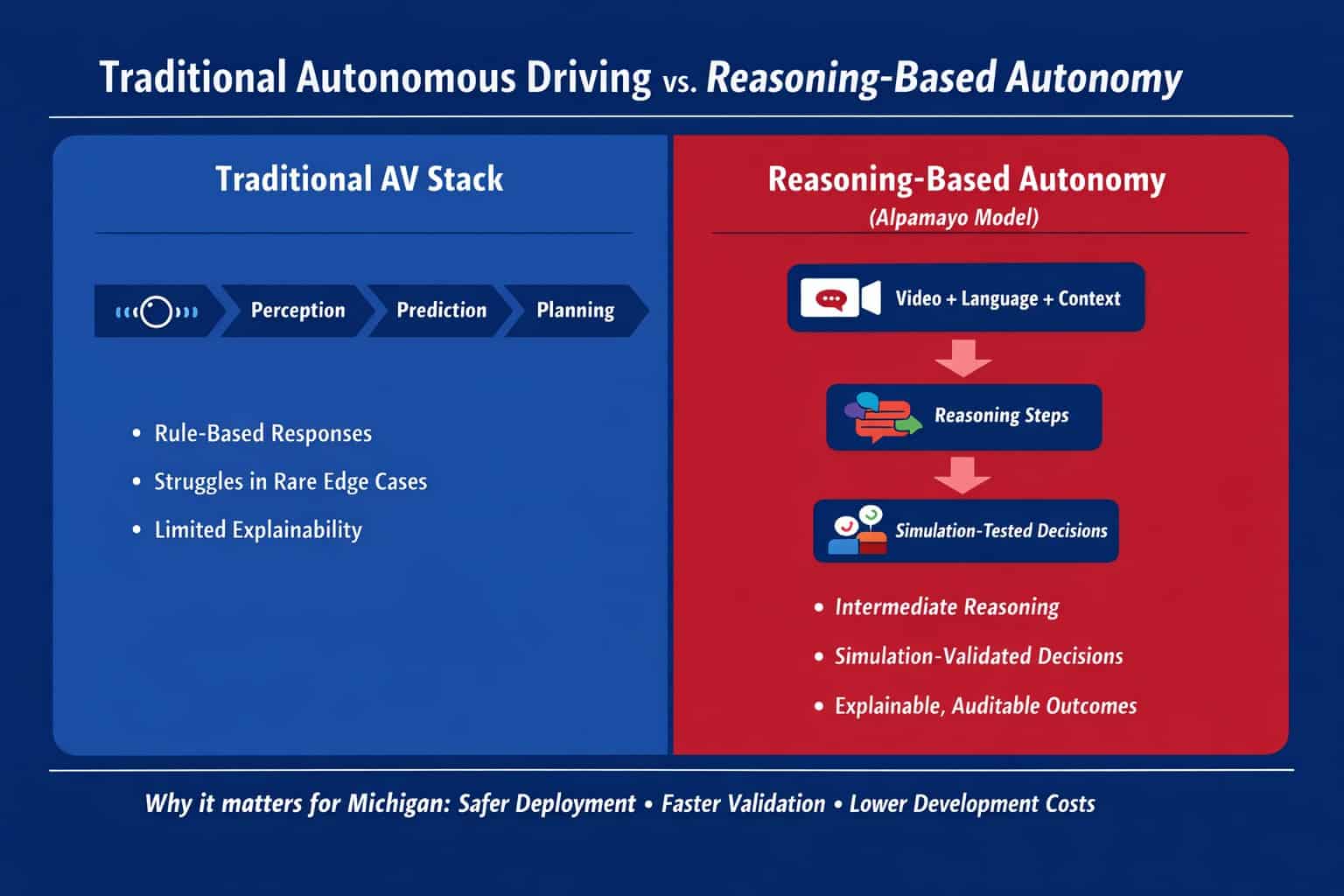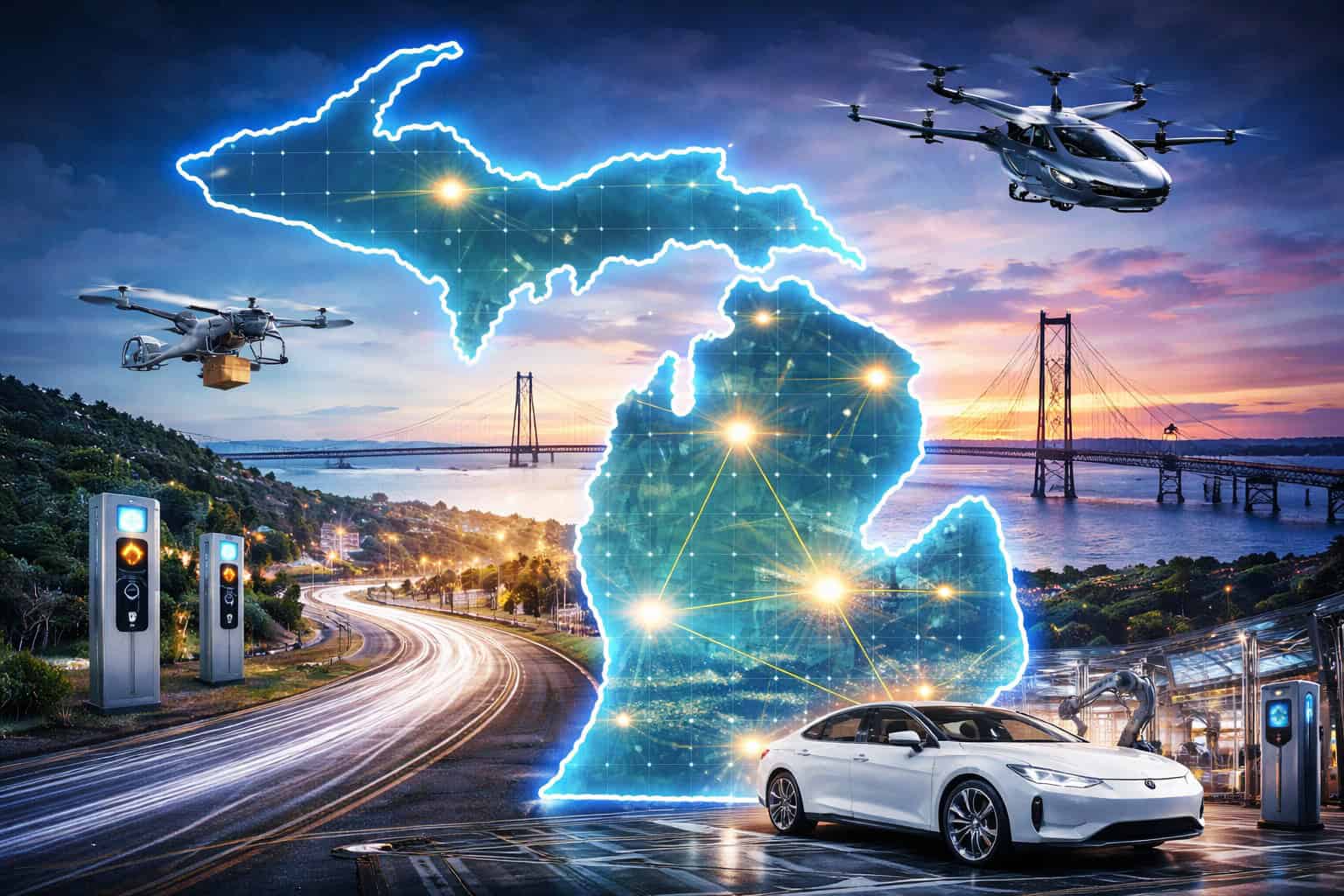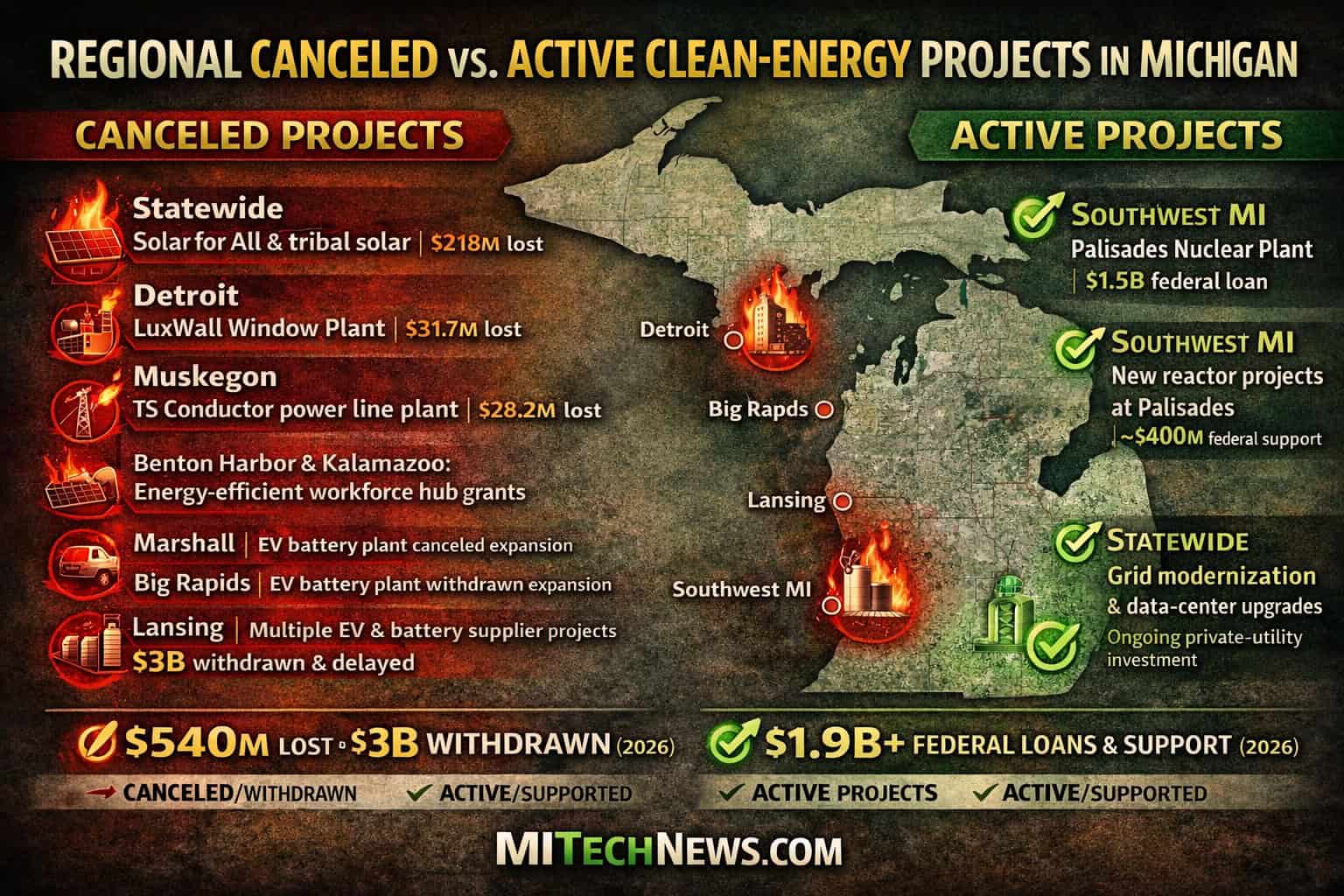DETROIT – Rivian is following in Tesla’s footsteps with its decision to open its public charging network to all electric vehicles (EVs) later this year. The announcement came in the company’s latest letter to shareholders, outlining plans to expand access to the Rivian Adventure Network (RAN).

Rivian CEO RJ Scaringe had previously hinted at the company’s intention to open up its charging network, and now there’s a clear timeline for this initiative.
“In the second half of 2024, we anticipate opening up our Rivian Adventure Network to non-Rivian owners,” the company stated in its Q4 2023 shareholder letter. This move aims to provide other EV owners with access to Rivian’s reliable charging solution, leverage fixed costs associated with each charging site, and tap into government grants for expanding domestically manufactured fast chargers across the country.
Opening the RAN to other EVs should be relatively straightforward for Rivian since their DC fast chargers utilize the Combined Charging System (CCS). However, the company has not announced any plans to add the North American Charging Standard (NACS) to their stations in the future.
As highlighted in their announcement, EV charging network operators in the US have a strong incentive to make their chargers accessible to all, as it is a requirement to access the $7.5 billion EV charger funding by the US federal government. Moreover, for smaller networks like Rivian’s, increased usage translates to more revenue, helping offset setup expenses.
Rivian also provided a map showcasing all existing and “coming soon” RAN charging stations, along with the company’s Level 2 ‘Waypoint’ charging stations.
This story appeared in Cleantechnica






